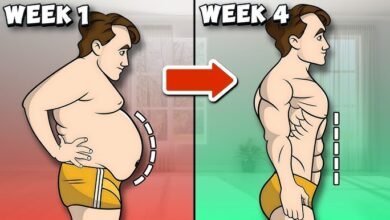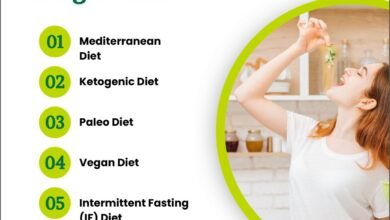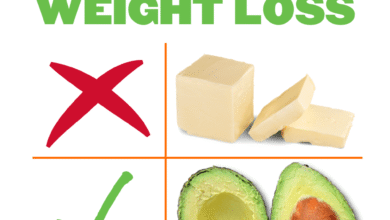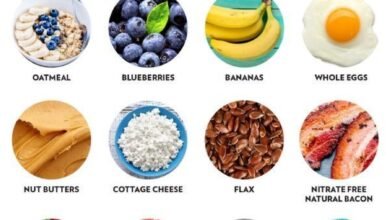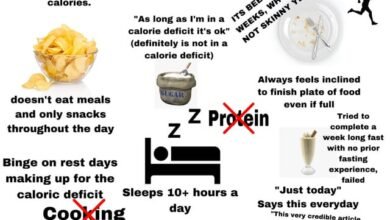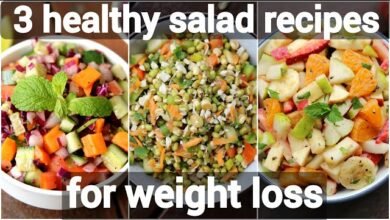“How Much Should I Eat a Day to Lose Weight? 3-Day Calculator Guide”
Wondering how much you should eat daily to lose weight? A calculator can help.
Wondering how much you should eat daily to lose weight? A calculator can help.
Losing weight can be tricky. Eating the right amount is key. But how do you know what’s right? This is where a weight loss calculator comes in. It helps you determine the exact number of calories you need each day.
These calculators consider your age, weight, activity level, and goals. They provide a personalized plan. Understanding your daily calorie needs can make your weight loss journey easier. You’ll have a clear target to aim for. Ready to find out more? Let’s dive into how these calculators work and how they can help you.
Introduction To Weight Loss Calculators
Hey there! Trying to lose weight but not sure how much you should eat? You’re not alone. Many of us struggle with this. That’s where a weight loss calculator comes in handy. It’s a simple tool that can help you figure out the right amount of food to eat each day.
Purpose Of A Weight Loss Calculator
So, what’s the purpose of a weight loss calculator? It’s pretty straightforward. It helps you determine how many calories you should consume daily to lose weight. Think of it like a personal guide. It takes into account your age, weight, height, and activity level. Then, it gives you a calorie target to aim for.
This can be really helpful. Why? Because guessing how much to eat can lead to mistakes. You might eat too much or too little. Both are bad for your health. With a calculator, you get a clear number to work with.
Benefits Of Using A Calculator
There are several benefits to using a weight loss calculator. Let’s break them down:
- Accuracy: The calculator uses your personal details. This means the calorie goal is tailored to you.
- Simple to Use: Most calculators are user-friendly. Just enter your details and get your result.
- Motivation: Having a clear target can boost your motivation. It’s like having a daily goal to achieve.
- Better Planning: Knowing your calorie limit helps you plan meals better. You can make healthier food choices.
Personally, I remember when I first used a weight loss calculator. I was clueless about how much to eat. The calculator made it so much easier. It was like a light bulb moment for me. And it can be for you too!
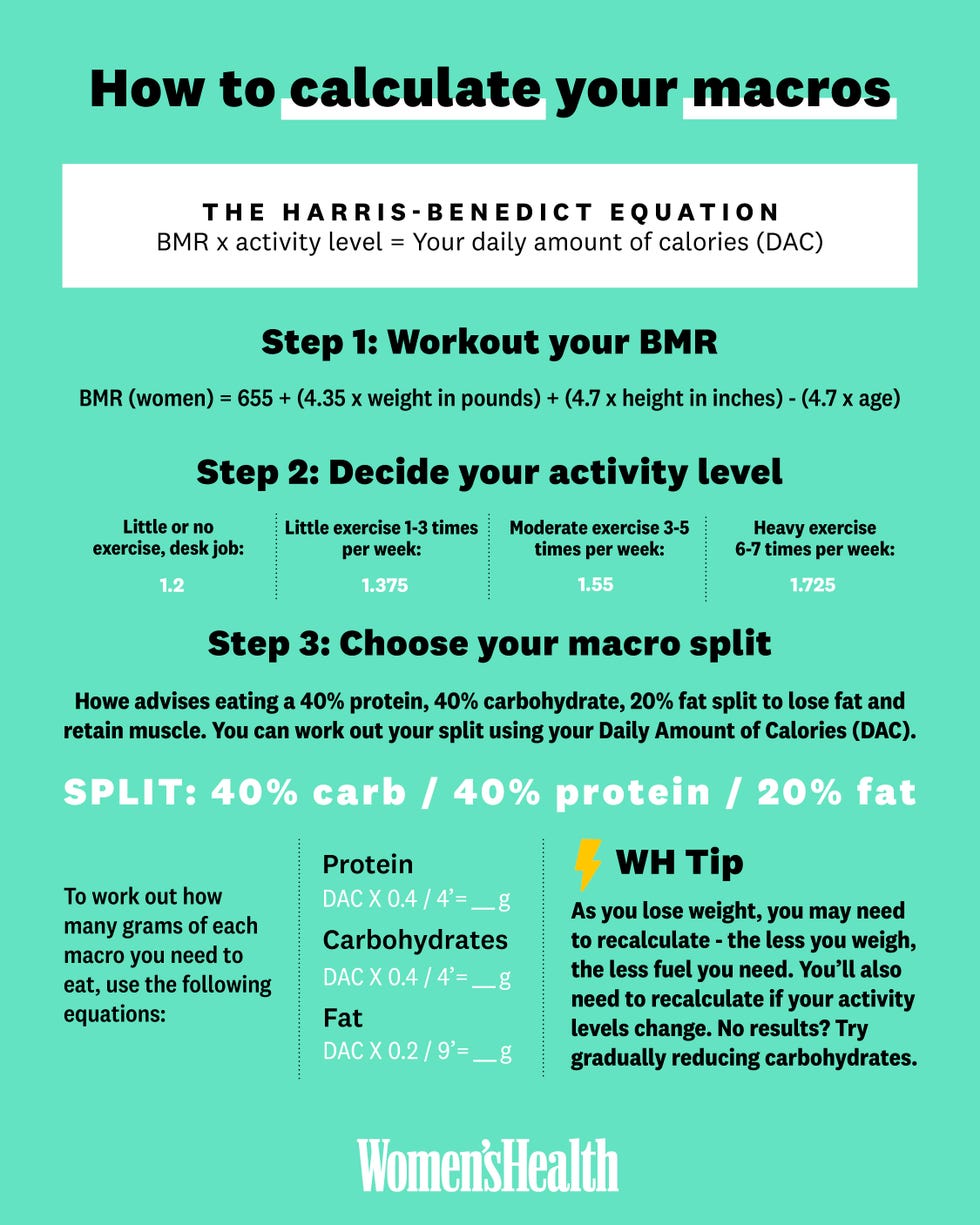
Credit: www.womenshealthmag.com
Factors Affecting Daily Caloric Needs
Understanding the factors affecting daily caloric needs is crucial for weight loss. Your body requires a specific amount of calories daily. This amount depends on various factors. These include age, gender, activity level, and body composition.
Age And Gender
Age significantly influences your caloric needs. Younger individuals tend to have a faster metabolism. As you age, your metabolism slows down. This means you need fewer calories. Gender also plays a role. Men generally require more calories than women. This is due to differences in muscle mass and hormonal levels.
Activity Level
Your activity level impacts the number of calories you need. More active people burn more calories. Sedentary individuals need fewer calories. Consider your daily activities. Do you exercise regularly? Or do you have a desk job? These factors determine your caloric needs.
Body Composition
Body composition includes muscle mass and fat percentage. Muscle burns more calories than fat. More muscle means higher caloric needs. Fat requires fewer calories. Knowing your body composition helps in determining your caloric intake. Use tools to measure your muscle and fat percentages.
Calculating Basal Metabolic Rate (bmr)
When you’re trying to lose weight, knowing how much to eat each day is key. One important number to figure out is your Basal Metabolic Rate (BMR). This number helps you understand how many calories your body needs just to perform basic functions like breathing and staying warm. Let’s dig into what BMR is and how you can calculate it.
What Is Bmr?
Basal Metabolic Rate, or BMR, is the number of calories your body needs to stay alive while at rest. Think of it as the energy your body uses if you stayed in bed all day. This includes things like keeping your heart beating, breathing, and maintaining body temperature. It’s the baseline amount of energy your body needs.
Methods To Calculate Bmr
There are several ways to calculate your BMR. Here are the most common methods:
- The Harris-Benedict Equation: This is one of the oldest methods. It takes into account your weight, height, age, and gender.
- The Mifflin-St Jeor Equation: This is a newer method and is often considered more accurate. It also uses your weight, height, age, and gender.
- Online BMR Calculators: These are handy tools you can find on many health websites. Just enter your details, and it does the math for you.
Let’s break these down a bit further:
| Method | Formula |
|---|---|
| Harris-Benedict Equation | For men: 88.36 + (13.4 x weight in kg) + (4.8 x height in cm) – (5.7 x age in years) For women: 447.6 + (9.2 x weight in kg) + (3.1 x height in cm) – (4.3 x age in years) |
| Mifflin-St Jeor Equation | For men: 10 x weight in kg + 6.25 x height in cm – 5 x age in years + 5 For women: 10 x weight in kg + 6.25 x height in cm – 5 x age in years – 161 |
These formulas might look a bit complex, but don’t worry. You don’t need to memorize them. Just know that they help estimate how many calories your body burns at rest.
Using your BMR, you can then figure out how many calories to eat each day to lose weight. You’ll need to eat fewer calories than your body needs to maintain its current weight. Simple, right?
Personally, I’ve used online BMR calculators to keep things simple. It saves me the trouble of doing the math myself. Plus, it’s super quick. Give it a try and see how easy it can be to start managing your weight!
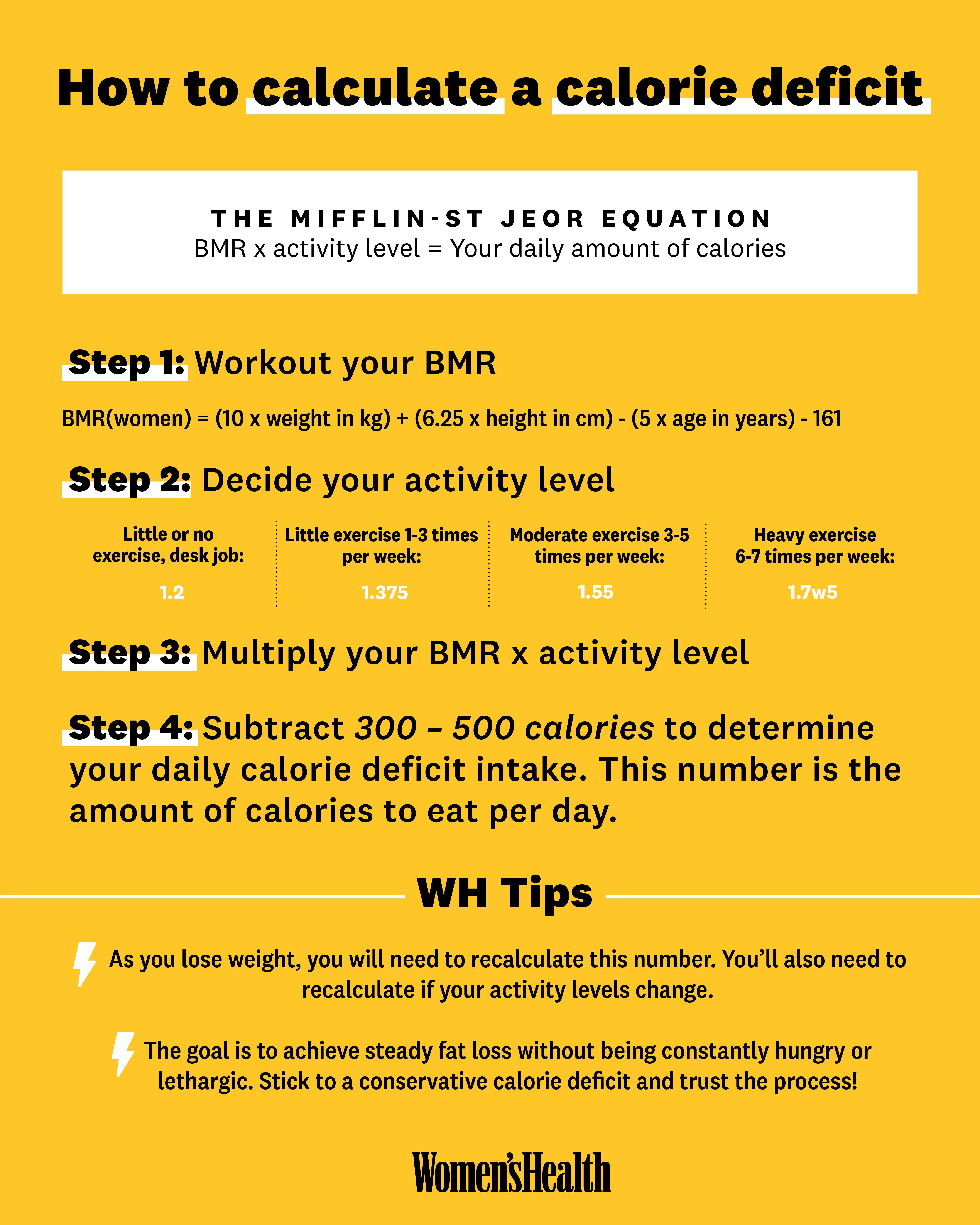
Credit: www.womenshealthmag.com
Understanding Caloric Deficit
Understanding caloric deficit is crucial for anyone wanting to lose weight. It’s the foundation of most weight loss strategies. Knowing how to create and maintain a caloric deficit can make your weight loss journey smoother.
Definition Of Caloric Deficit
A caloric deficit occurs when you consume fewer calories than your body needs. Your body then uses stored fat for energy, leading to weight loss. It’s a simple but effective concept. Eating less than your body burns creates this deficit.
How To Create A Caloric Deficit
Creating a caloric deficit involves two main strategies: eating fewer calories and increasing physical activity. Start by tracking your daily calorie intake. Then, reduce your calorie intake gradually. Aim for a small but consistent reduction.
Next, add more physical activity to your routine. Exercise helps burn more calories. Walking, running, or cycling are great options. Combining these methods can help you achieve a steady caloric deficit.
Using A Weight Loss Calculator
Hey friends, today we’re diving into the world of weight loss calculators. These handy tools can help you figure out how much you should eat daily to shed those extra pounds. Let’s break down how to use one effectively.
Input Parameters
To start with a weight loss calculator, you’ll need to input some basic information. Think of it as filling out a profile on a social media site. Here’s what you’ll typically need:
- Age: Your age helps the calculator determine your metabolism rate.
- Gender: Men and women have different metabolic rates.
- Height: Taller people usually have higher metabolic rates.
- Weight: Your current weight is crucial for accurate calculations.
- Activity Level: How active are you? Do you sit all day or run marathons?
These inputs help the calculator understand your body’s needs. It’s like giving a tailor your measurements for a perfect fit.
Interpreting Results
Once you’ve entered your details, the calculator will give you some numbers. Here’s what they mean:
- Maintenance Calories: This is how many calories you need to eat each day to stay at your current weight. Think of it as your “break-even” point.
- Calories for Weight Loss: This is the magic number. Eating this amount will help you lose weight. It’s usually a few hundred calories less than your maintenance calories.
- Calories for Fast Weight Loss: Want to lose weight faster? This number shows you how many calories to eat for quicker results. But be careful. Eating too few calories can be unhealthy.
These results give you a clear goal. Just like having a map when you’re on a road trip.
Remember, a weight loss calculator is just a guide. Always listen to your body and consult with a healthcare professional if you’re unsure. Happy calculating!
Setting Realistic Weight Loss Goals
Setting realistic weight loss goals is crucial for your success. It helps to maintain motivation and ensures long-term results. Using a calculator to determine your daily intake can be a great starting point. But, understanding how to set achievable goals is just as important.
Safe Weight Loss Rate
Experts recommend losing 1 to 2 pounds per week. This rate is safe and sustainable. Rapid weight loss can lead to muscle loss and other health issues. It’s better to aim for steady progress. Your body needs time to adjust to changes. Slow and steady wins the race.
Long-term Sustainability
Long-term sustainability is key to maintaining weight loss. Quick fixes don’t last. Your eating habits should be something you can maintain. Choose foods you enjoy and can eat regularly. Avoid drastic changes that are hard to stick with.
Remember, consistency matters more than perfection. Occasional indulgences won’t ruin your progress. Focus on making healthy choices most of the time. A balanced approach ensures you stay on track without feeling deprived.
Combining Diet And Exercise
Hey friends, today we’re diving into a topic that many find confusing: how to combine diet and exercise for weight loss. It’s not just about eating less or working out more. It’s about finding the right balance. Let’s break it down together!
Role Of Nutrition
First off, let’s talk about food. What you eat is super important. Think of your body as a car. Without the right fuel, it won’t run well. You need to give your body healthy foods to see real changes.
- Eat More Veggies: Fill half your plate with vegetables. They are low in calories but high in nutrients.
- Protein Power: Add lean proteins like chicken, fish, or tofu. Protein helps you feel full and builds muscle.
- Healthy Fats: Don’t skip fats. Avocados, nuts, and olive oil are good choices.
- Watch Sugars: Avoid sugary drinks and snacks. They add empty calories and can slow your progress.
Remember, it’s not about starving yourself. It’s about making smart choices. I recently started adding more veggies to my meals, and it made a big difference. I felt more energetic and less hungry.
Importance Of Physical Activity
Now, let’s talk about exercise. Just like food, the right amount of exercise is key. But you don’t need to spend hours at the gym. Small changes can make a big difference.
- Walk More: Aim for 10,000 steps a day. Walking is easy and effective.
- Strength Training: Lift weights or do body-weight exercises like push-ups. This builds muscle, which burns more calories.
- Mix It Up: Try different activities. Go for a swim, join a dance class, or ride a bike. This keeps things fun and interesting.
Combining these exercises with a good diet is like a one-two punch. You burn more calories and build a stronger body. I started walking my dog twice a day, and it helped me stay active and clear my mind.
Combining diet and exercise doesn’t have to be hard. Start with small changes. Eat better and move more. You’ll see results and feel better. Keep it simple, and stay consistent. You got this!
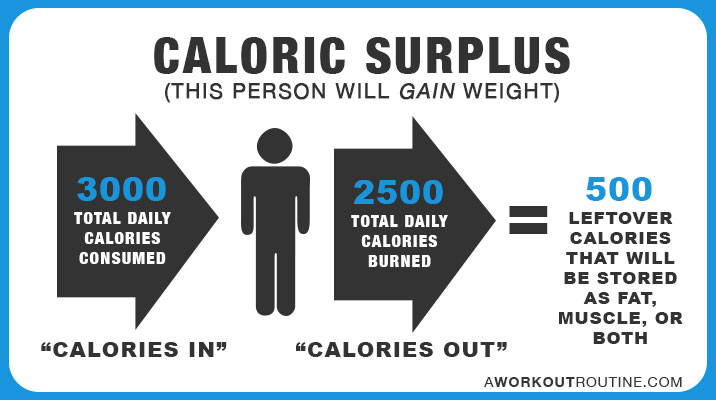
Credit: www.aworkoutroutine.com
Tracking Progress And Adjusting Plan
Using a “How Much Should I Eat a Day to Lose Weight Calculator” helps track your food intake and adjust your plan. Regularly updating this information ensures you stay on the right path to meet your weight loss goals.
Hey friends, today we’re diving into an essential part of your weight loss journey – tracking progress and adjusting your plan. This is crucial because it helps you understand if you’re on the right path or if you need to make changes to your diet and exercise routine.
Monitoring Weight Loss
First things first, monitoring your weight loss is key. You need to know if what you’re doing is working. Here’s how you can do it:
- Weigh Yourself Regularly: Do it at the same time each day. Morning is usually best.
- Keep a Journal: Write down your weight, what you eat, and how much you exercise.
- Use Apps: There are many apps that help track your weight, calories, and exercise.
Imagine you’re on a road trip. Would you drive without checking your GPS? No, right? Monitoring your weight loss is like checking your GPS. It keeps you on track.
Making Necessary Adjustments
Sometimes, you might not see the results you want. That’s okay. It happens to everyone. The good news? You can make adjustments.
Here are some simple tips:
- Check Your Diet: Are you eating more than you think? Try measuring your food portions.
- Increase Exercise: Add a few more minutes to your workout or try something new.
- Stay Hydrated: Sometimes, our bodies hold on to water weight. Drink more water.
Think of it like cooking. If the recipe isn’t perfect, you tweak it. Add a pinch of salt here, a dash of pepper there. Same goes for your weight loss plan.
Remember, tracking your progress and adjusting your plan is not a one-time thing. It’s a continuous process. Keep an eye on your progress. Make changes when needed. And most importantly, be patient with yourself.
I recently asked a friend who lost a lot of weight about her secret. She said, “It’s all about small, consistent changes.” And she’s right. Little changes can lead to big results.
So, keep going. You’ve got this!
“`
Common Mistakes To Avoid
Hey friends, trying to lose weight can sometimes feel like a puzzle. You might think you’re doing everything right, but the scale doesn’t move. Frustrating, right? Let’s talk about some common mistakes that people often make when using a “How Much Should I Eat a Day to Lose Weight Calculator.” You might be surprised by what you learn!
Underestimating Calorie Intake
One of the biggest mistakes is underestimating how many calories you actually consume. It’s easy to forget about those little snacks or that extra spoon of sugar in your coffee. These small things add up. Here are a few tips to avoid this mistake:
- Keep a food diary: Write down everything you eat. Yes, everything! It helps you see the whole picture.
- Measure your food: Use a food scale or measuring cups. Guessing can lead to underestimating.
- Check nutrition labels: They tell you the exact number of calories in a serving.
Once, I thought I was eating just a handful of almonds. Turns out, it was two servings. Oops!
Overestimating Physical Activity
Another common mistake is overestimating how many calories you burn during exercise. You might think that 30 minutes on the treadmill means you can eat that extra slice of pizza. Not quite. Here’s how to get it right:
- Use a fitness tracker: These devices give a more accurate count of calories burned.
- Be realistic: Understand that most exercises burn fewer calories than you might think.
- Compare with guidelines: Look at online charts to see average calories burned for different activities.
Once, I thought my walk to work burned 300 calories. I checked, and it was only 100. Big difference!
Being mindful of these common mistakes can make a big difference. Remember, it’s all about balance and being honest with yourself. Happy calculating!
Conclusion And Tips For Success
So, you’ve used the “How Much Should I Eat a Day to Lose Weight Calculator” and now you’re ready to start your journey. That’s fantastic! But how do you make sure you stay on the right path? Let’s wrap things up with a few tips to ensure your success.
Staying Motivated
Sticking to a weight loss plan can be tough. Trust me, I’ve been there. Here are some simple tips to keep you going:
- Set small goals: Instead of aiming to lose 50 pounds, start with 5. It feels more achievable.
- Track your progress: Keep a journal or use an app to note down what you eat and your workouts.
- Celebrate wins: Reward yourself when you hit those small goals. Maybe a new outfit or a fun outing.
Seeking Professional Advice
Sometimes, we all need a little extra help. And that’s okay! Here’s why you might want to talk to a pro:
- Personalized plans: A dietitian can create a meal plan that’s just right for you.
- Expert guidance: They can help you understand what foods are best for your body.
- Support: Having someone to check in with keeps you accountable.
Remember, losing weight is a journey. It’s not about being perfect. It’s about making progress. And with these tips, you’re well on your way to reaching your goals.
Frequently Asked Questions
How Much Food Should I Eat A Day To Lose Weight?
To lose weight, consume 500-1000 fewer calories than your maintenance level. Aim for balanced meals with fruits, vegetables, lean proteins, and whole grains. Avoid sugary and processed foods. Drink plenty of water. Consult a healthcare professional for personalized advice.
Is 1200 A Day Enough To Lose Weight?
Eating 1200 calories a day can help with weight loss for some individuals. Consult a healthcare professional for personalized advice.
How Many Calories Should I Eat Per Day To Lose Weight?
To lose weight, aim for 1200-1500 calories per day for women and 1500-1800 calories per day for men. Consult a doctor for personalized advice.
What Is The 70 Rule For Weight Loss?
The 70 rule for weight loss means 70% of weight loss results come from diet and 30% from exercise. Focus on healthy eating.
Conclusion
Finding the right amount to eat helps with weight loss. Use the calculator to guide your daily intake. This tool simplifies tracking calories. It helps you stay on course. Remember, consistency is key. Balance your meals and stay active. Small changes lead to big results over time.
Keep your goal in mind. Healthy eating and exercise make a difference. Stay patient and committed. Your journey to weight loss is unique. Use the calculator wisely and see progress.
